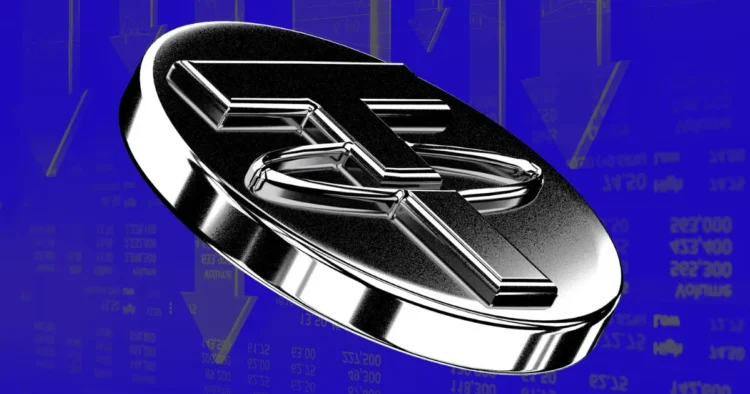Understanding the Delisting of USDT from EU Exchanges
Tether’s USDT, recognized as the largest stablecoin by market capitalization, is witnessing a significant transformation as it has been delisted from European Union exchanges. This strategic move, effective today, has instigated a wave of fear, uncertainty, and doubt (FUD) across the cryptocurrency market. However, amidst the uncertainty, some experts see potential opportunities.
What Led to the Removal of USDT from EU Exchanges?
The delisting stems from the European Union’s newly implemented MiCA regulations, which enforce stringent requirements on stablecoin reserves. Tether’s inability to meet these reserve prerequisites has compelled EU exchanges to remove USDT. Nonetheless, it’s crucial to note that this doesn’t render USDT illegal within the EU.
Crypto analyst Axel Bitblaze emphasizes that EU-based investors can still hold USDT in non-custodial wallets and continue trading on decentralized exchanges (DEXs). The restriction specifically targets trading USDT on exchanges compliant with MiCA regulations.
Assessing the Stability of the Stablecoin Market
Despite the prevailing FUD surrounding Tether, Bitblaze points out the resilient nature of the stablecoin market. USDT continues to maintain a robust market cap of $138.5 billion, coupled with a daily trading volume of $44 billion, where 80% of this volume originates from Asia. Bitblaze reassures investors that the inherent value of their assets remains secure, regardless of the stablecoin used for acquisition.
He further asserts that whether assets are acquired using USDT, Bitcoin, or traditional fiat currency, they remain safe if stored correctly. Interestingly, Bitblaze suggests that this prevailing situation might present a more bullish than bearish outlook.
The Resilience of Tether Amidst Market Challenges
Bitblaze reminds the community that Tether has previously encountered similar FUD scenarios and has consistently demonstrated resilience. For instance, in October 2024, a U.S. government investigation into Tether briefly caused Bitcoin’s price to plummet by $2,000 within minutes. However, after Tether’s CEO refuted the allegations, Bitcoin rapidly recovered, witnessing a 43% surge.
Other instances of FUD, such as accusations by the UN and attempts to depeg USDT, have triggered temporary price declines but were invariably succeeded by robust bull runs.
Tether FUD: A Potential Buying Opportunity
Bitblaze posits that historically, Tether-related FUD has often signaled lucrative buying opportunities. These events typically occur when the market is at its lowest or during a bull run. He advises crypto investors to document current prices and reassess them in February or March 2025, predicting that most assets will appreciate significantly by then.
Despite the EU delisting, USDT is anticipated to retain its dominance in the stablecoin market. As its market cap and demand continue to escalate, this temporary setback is unlikely to alter USDT’s long-term trajectory.
Stay Informed and Ahead in the Crypto World!
Stay ahead with breaking news, expert analysis, and real-time updates on the latest trends in Bitcoin, altcoins, DeFi, NFTs, and more. As the market reacts and adjusts, Tether’s long-term journey remains one to watch closely.











